Our research group primarily focuses on these topics:
Numerical simulation of reactive, thermal, multiphase flows in heterogeneous and fractured subsurface porous media
Data analytics and machine learning applications in subsurface and geo-energy engineering
Inference of subsurface heterogeneities based on a multifaceted approach using flow, engineering, and geological data
Selected Funding Sources
Natural Sciences and Engineering Research Council of Canada (NSERC)
Canada Research Chairs Program
Mitacs
Alberta Innovates
Petroleum Technology Research Centre
InnoTech Alberta
Nexen Energy ULC
Variperm Energy Services
Enverus
Cenovus
ConocoPhillips
AI4Society
Future Energy Systems (Canada First Research Excellence Fund) - Link to Researcher Profile
Topic 1 Multiphysics Simulation
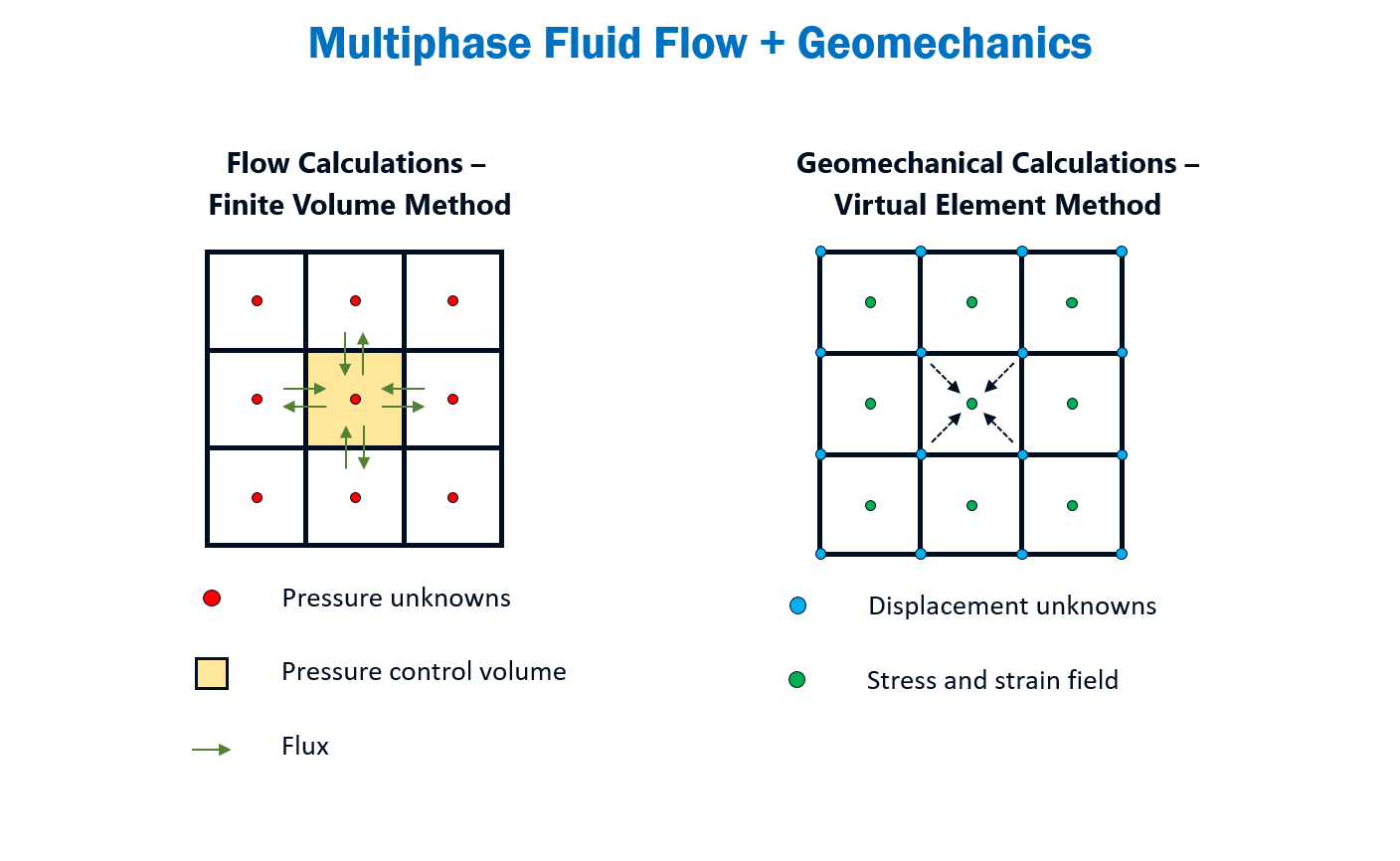
We focus on developing techniques to construct models of reservoir heterogeneity using data from diverse measurement scales and sources (static geologic and dynamic production information). Much of the recent research effort has been focused on fractured reservoirs because history-matching and characterization of such reservoirs are challenging for various reasons: (1) fracture properties typically are not Gaussian-distributed, rendering most covariance-based reservoir modeling techniques inappropriate, and (2) it is computationally challenging to couple flow, geomechanics, heat transfer, and geochemistry in simulation models.
Our group is also developing efficient coupled flow-geomechanics simulation approaches for simulating multi-phase flow through models, discretized on unstructured grids, with discrete fractures. This research would have wide-ranging applications in hydrology, tight gas/shale gas/tight oil reservoirs, geothermal reservoirs, fluid storage (e.g., CO2) systems where fractures occur at multiple scales (micro, macro, and hydraulically-induced).
This work is also supported by the Consortium for Distributed and Passive Sensing (C-DaPS)

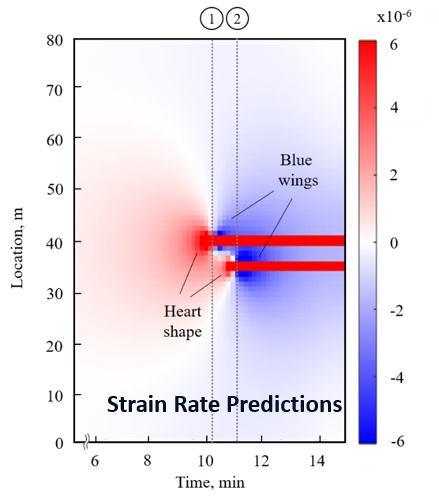
Topic 2 AI + Deep Learning in (Subsurface) Engineering Applications

We combine recent advances in data analytics, machine learning, and artificial intelligence (AI) and our domain expertise to develop innovative data analytics techniques for practical subsurface (geoenergy) engineering problems, e.g., time series forecasting, dynamic (real-time) data analysis, uncertainty quantification, and model updating. The outcomes of our research are useful for the design and decision-making in reservoir management.
Topic 3 Methane Emissions Modelling
Countries worldwide, including Canada, are setting targets to cut methane emissions, particularly from oil and gas operations, by 2030 and beyond. However, accurately tracking methane emissions is not trivial. Our group combines recent advancements in artificial intelligence (AI) and image analysis to integrate data across multiple scales, ranging from satellite measurements, environmental data, to weather forecast simulation predictions.
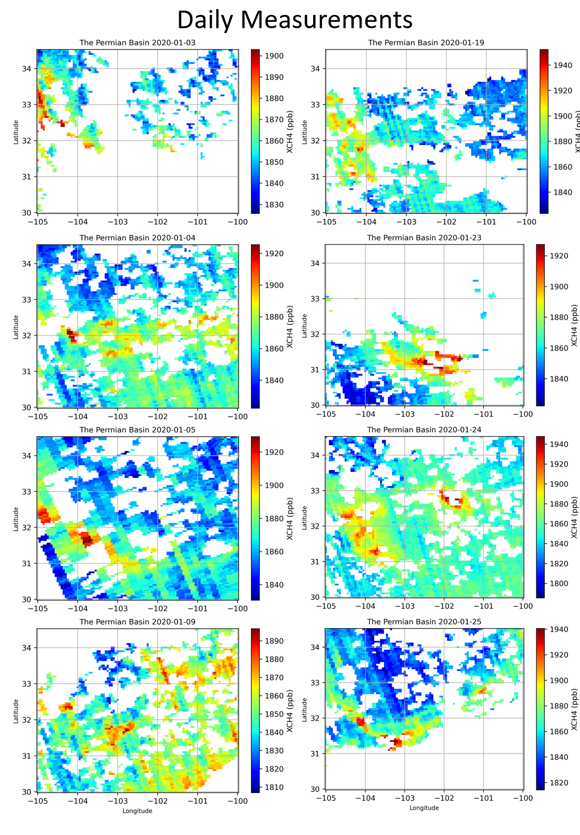
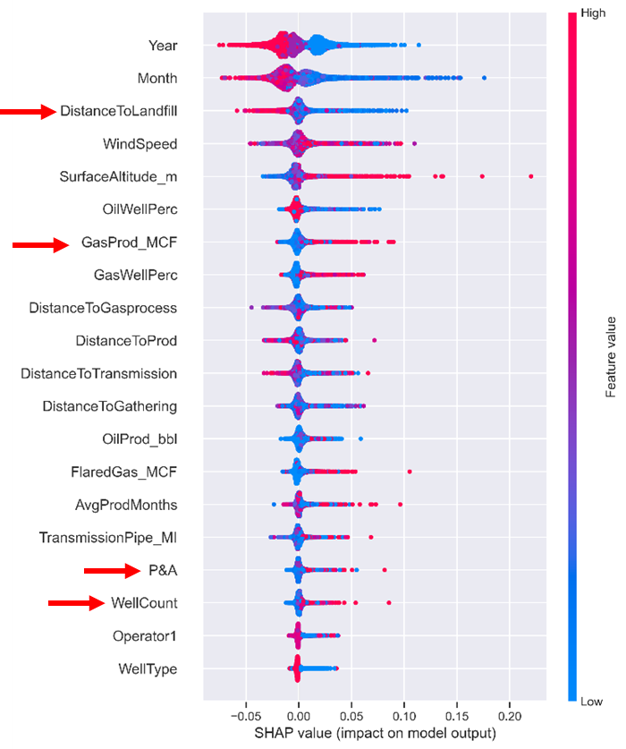
Topic 4 Design of Thermal- and Solvent-Based Subsurface Fluid Flow Processes
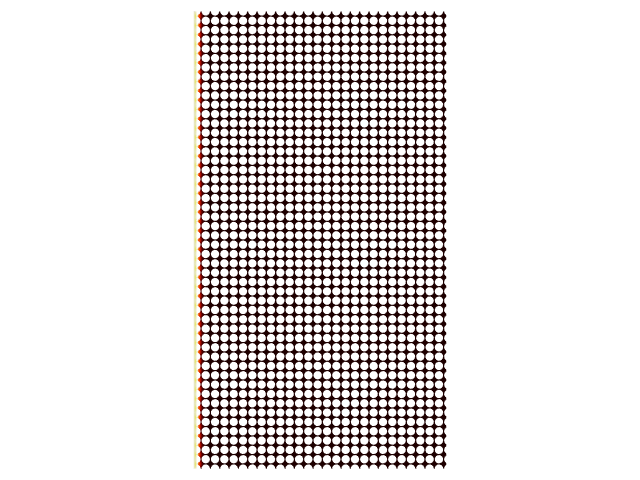
We focus on the design of thermal- and solvent-based subsurface flow processes. One particular application is heavy oil recovery, where novel solvent-based techniques offer the potential to reduce GHG emissions and water consumption. We study the impacts of multi-scale heterogeneities on recovery mechanisms (e.g. dispersion) and reservoir performance. We develop pore-scale models, field-scale simulations, and various optimization approaches to model relevant process physics and design the associated system parameters (e.g. choice of solvent, injection schedules, steam-to-solvent ratios).